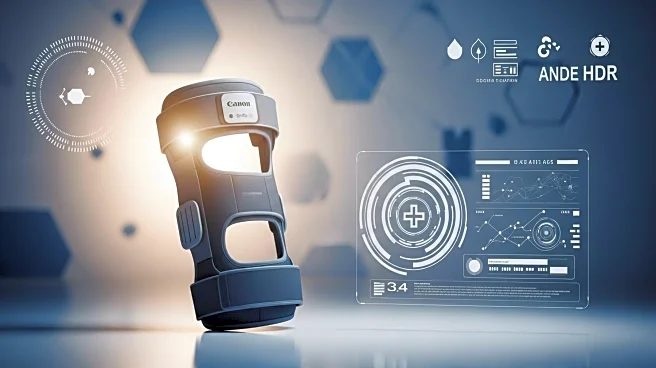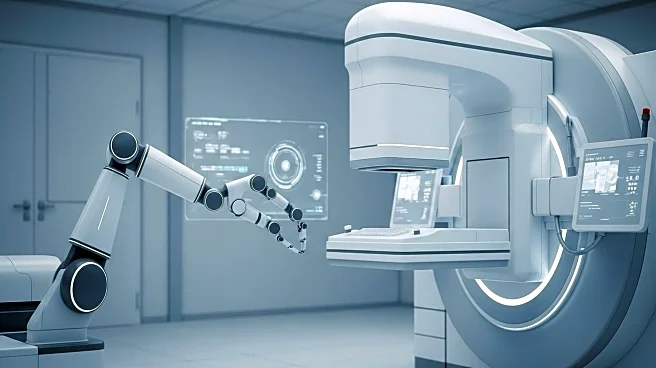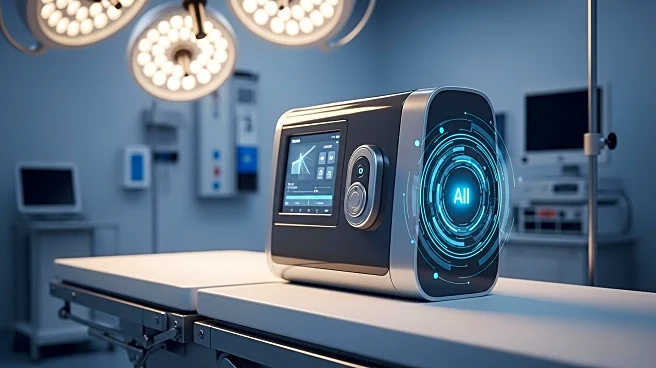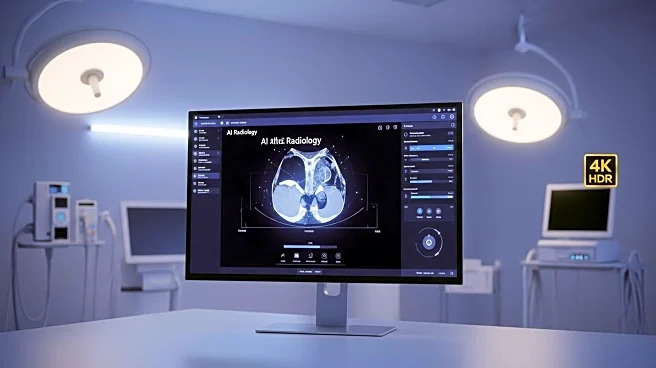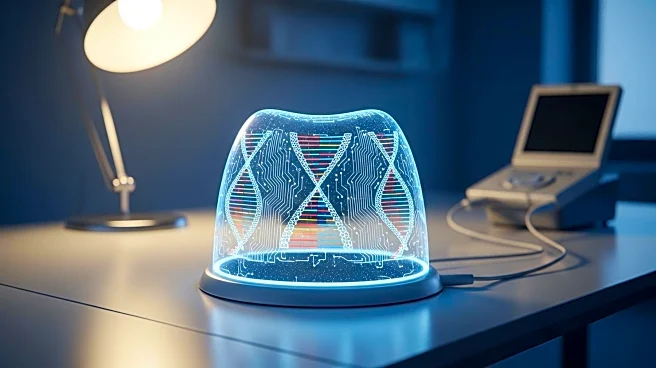What's Happening?
Recent advancements in graphene/PDMS nanocomposite technology have led to the development of high-performance pressure sensors. These sensors utilize vapor-induced porosity to enhance flexibility, pressure sensitivity, and dynamic sensing range. The porous structure of the nanocomposite allows for greater mechanical compliance and optimized piezoresistive response, making it suitable for large-range pressure sensing applications. The technology promises significant improvements in real-time, remote pressure monitoring, with potential integration into advanced healthcare applications.
Why It's Important?
The development of these advanced pressure sensors is crucial for the healthcare industry, as they offer improved sensitivity and reliability for continuous physiological monitoring. This technology could lead to better patient outcomes by enabling more accurate and timely data collection. Additionally, the scalable and cost-effective manufacturing process of these sensors makes them accessible for widespread use, potentially transforming healthcare monitoring and diagnostics.
What's Next?
Future research will focus on optimizing the sensitivity and dynamic range of these sensors by exploring different conductive nanomaterials and polymer matrices. Advanced microfabrication techniques may further enhance pore morphology and device miniaturization. Integration with wireless communication modules and sophisticated signal processing algorithms is expected to improve the functionality and application scope of these sensors.
Beyond the Headlines
The ethical implications of widespread use of these sensors in healthcare include concerns about data privacy and the potential for over-reliance on technology for patient monitoring. Long-term shifts may include increased demand for personalized healthcare solutions and the need for regulatory frameworks to ensure safe and effective use of such technologies.

